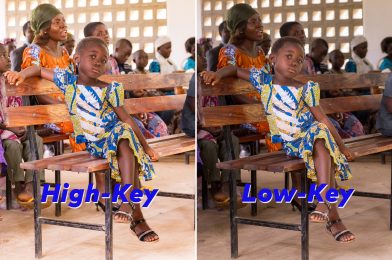As a storyteller and brand builder at Storyteller & Brand Builder Stanley Leary, I’m passionate about the different photo editing styles and how they can be used to convey unique narratives. Two prevalent styles in photography are low-key and high-key editing. These techniques influence the mood and feel of an image and reflect different approaches to exposure and post-production. Let’s dive into these styles, their origins, and how they can be effectively utilized in your work.
Low-Key Editing: Preserving Highlight Details
Origin and Concept: Low-key editing is a technique that emphasizes retaining all the details in the highlights. This method originated from the era of film photography, particularly with transparency films like slides. Unlike negative films, slides required precise exposure because overexposed highlights could not be recovered. Photographers had to be meticulous with their exposure to ensure that the details in the brightest parts of the image were preserved.
Shooting Technique: Photographers often underexpose their shots slightly to achieve a low-key effect. This technique ensures that no part of the image is blown out. When shooting low-key, you might use a narrower aperture or faster shutter speed to limit the light hitting the sensor. Additionally, spot metering can help focus on the brightest part of the scene to ensure it’s not overexposed.


Post-Production: In post-production, low-key editing involves carefully adjusting the exposure and highlights to maintain detail. Tools like Adobe Lightroom or Photoshop are essential for fine-tuning the highlights, shadows, and mid-tones. The goal is to create a balanced image where even the brightest areas retain texture and detail.
Practical Example: Imagine you’re photographing a landscape at sunset. By exposing it for the bright sky, you ensure the clouds and sun rays retain their intricate details. In post-production, you can then bring up the shadows to reveal more of the landscape without losing the highlight details.
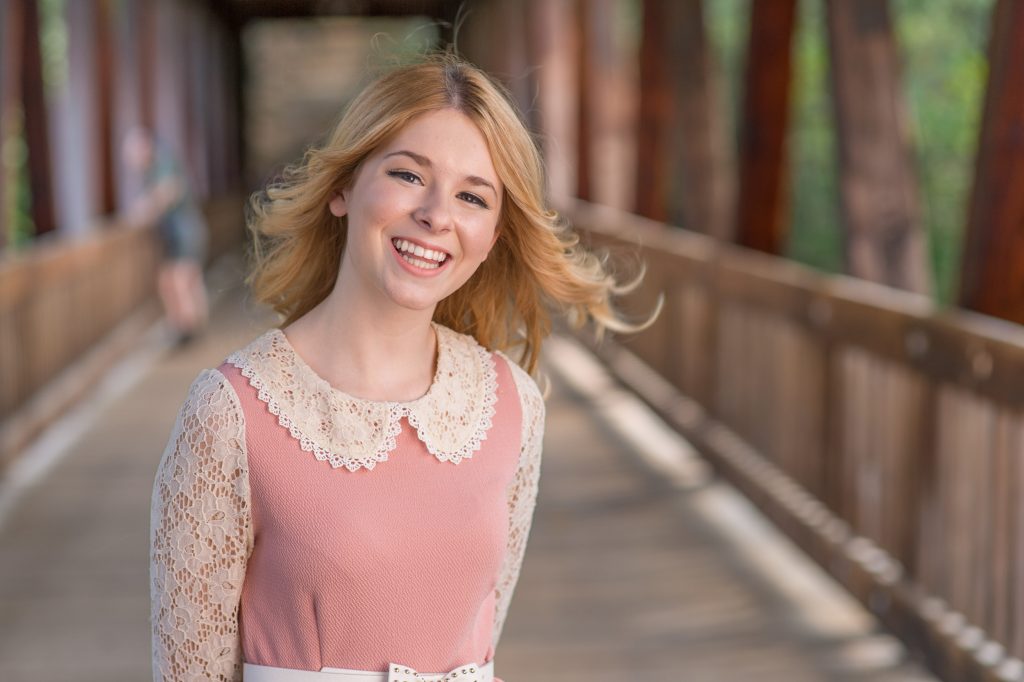
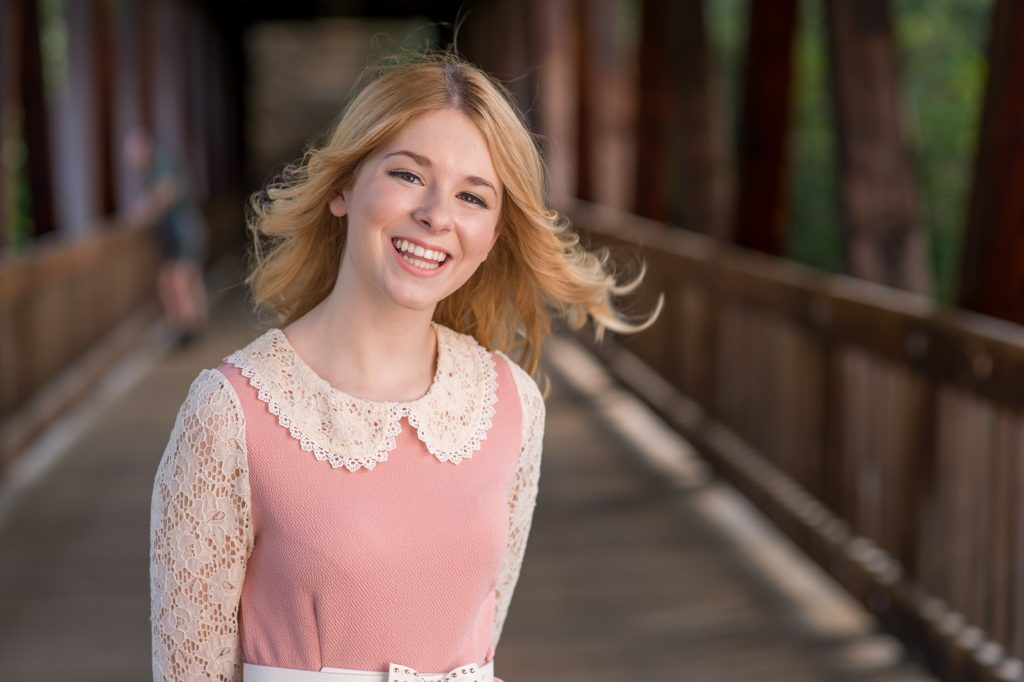
High-Key Editing: Embracing Blown-Out Highlights
Origin and Concept: High-key editing, on the other hand, emerged prominently from wedding photography. Photographers often prioritized capturing flattering skin tones over retaining all the highlight details. This approach led to images where the background and other elements might be overexposed, creating a dreamy, ethereal look.
Shooting Technique: Photographers generally overexpose their images slightly when shooting for a high-key effect. This can be achieved using a wider aperture, slower shutter speed, or increasing the ISO. Evaluative or matrix metering can help balance the exposure across the entire frame, but it’s often adjusted to prioritize the main subject, like the bride and groom in wedding photography.
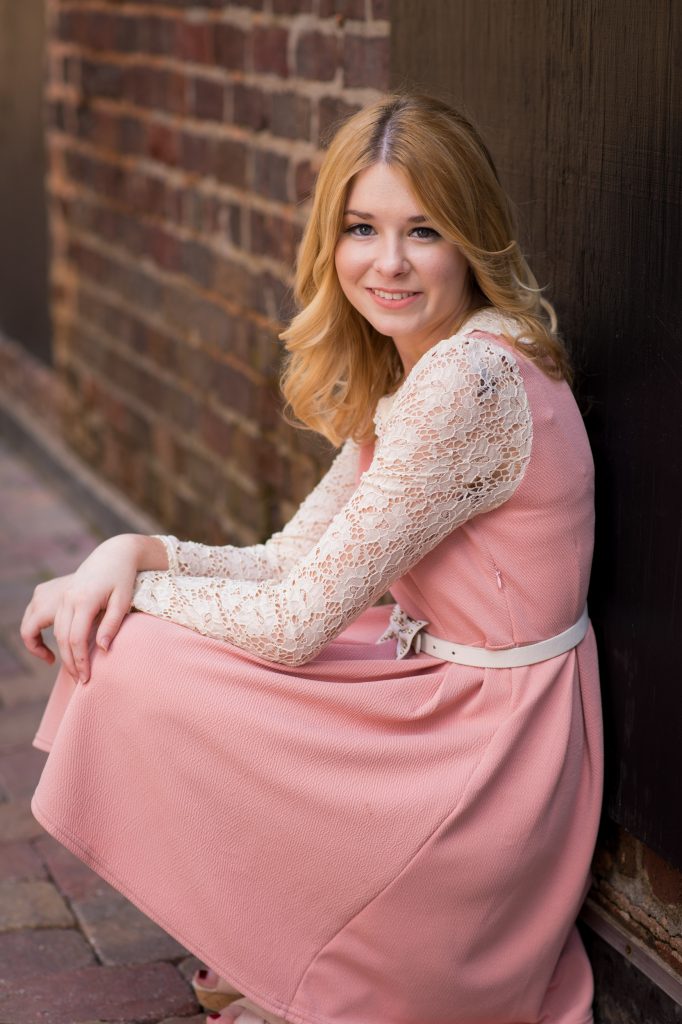
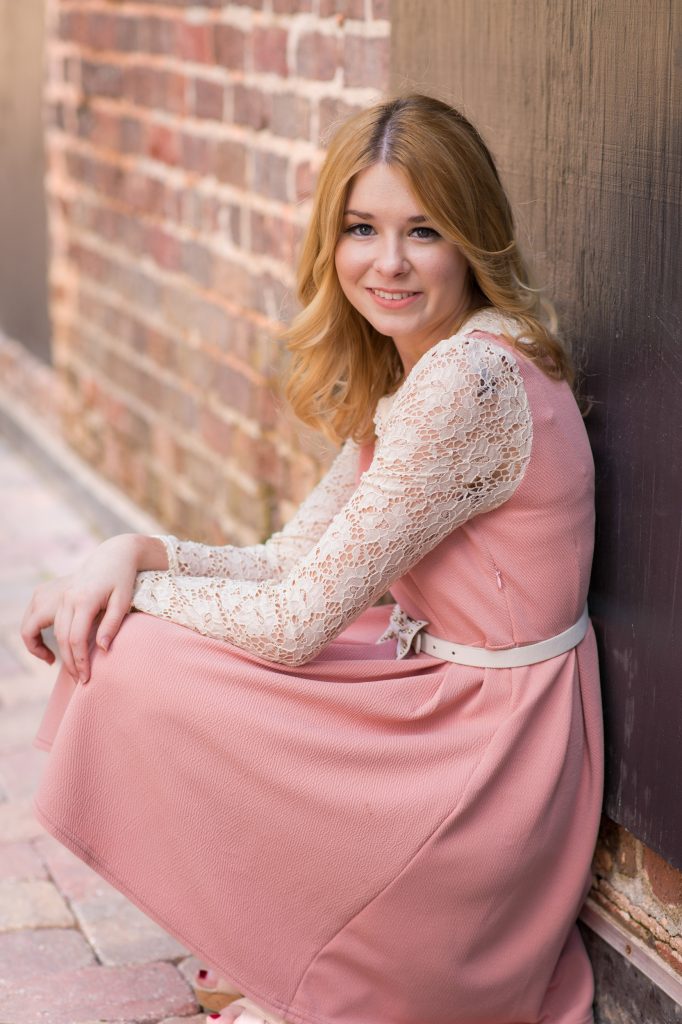
Post-Production: In post-production, high-key editing enhances the overexposed areas to create a bright and airy feel. Adjusting the exposure, highlights, and whites in editing software can help achieve this look. The key is to ensure the subject, especially skin tones, remains well-exposed and flattering while allowing the background or other less critical areas to blow out.
Practical Example: Consider a bride in a white dress standing in front of a window. By overexposing slightly, you focus on her glowing face and dress while letting the light from the window create a soft, overexposed background. In editing, you enhance this effect to emphasize the bright, joyful atmosphere of the moment.
Modifying Your Shooting and Editing Approach
Low-Key Adjustments:
- Shooting: Use spot metering to expose the brightest part of your scene. Underexpose slightly to protect highlights.
- Editing: Carefully adjust highlights and shadows to retain detail across the image. Use tools like the highlights slider to bring back detail in the bright areas.
High-Key Adjustments:
- Shooting: Use evaluative metering and slightly overexpose your image to prioritize skin tones and the main subject.
- Editing: Increase exposure and highlights to enhance the bright, airy feel. Ensure skin tones remain flattering and well-exposed.
Conclusion
Both low-key and high-key editing styles offer unique ways to tell your story through photography. Low-key emphasizes detail and precision, creating rich, textured images. A high-key, bright, and airy feel can convey emotions like joy and elegance. By understanding and mastering these techniques, you can expand your creative toolkit and better serve the diverse needs of your clients.
Whether you’re capturing the intricate details of a landscape or the ethereal beauty of a wedding, these editing styles will help you tell your story in the most compelling way possible. Happy shooting and editing!

